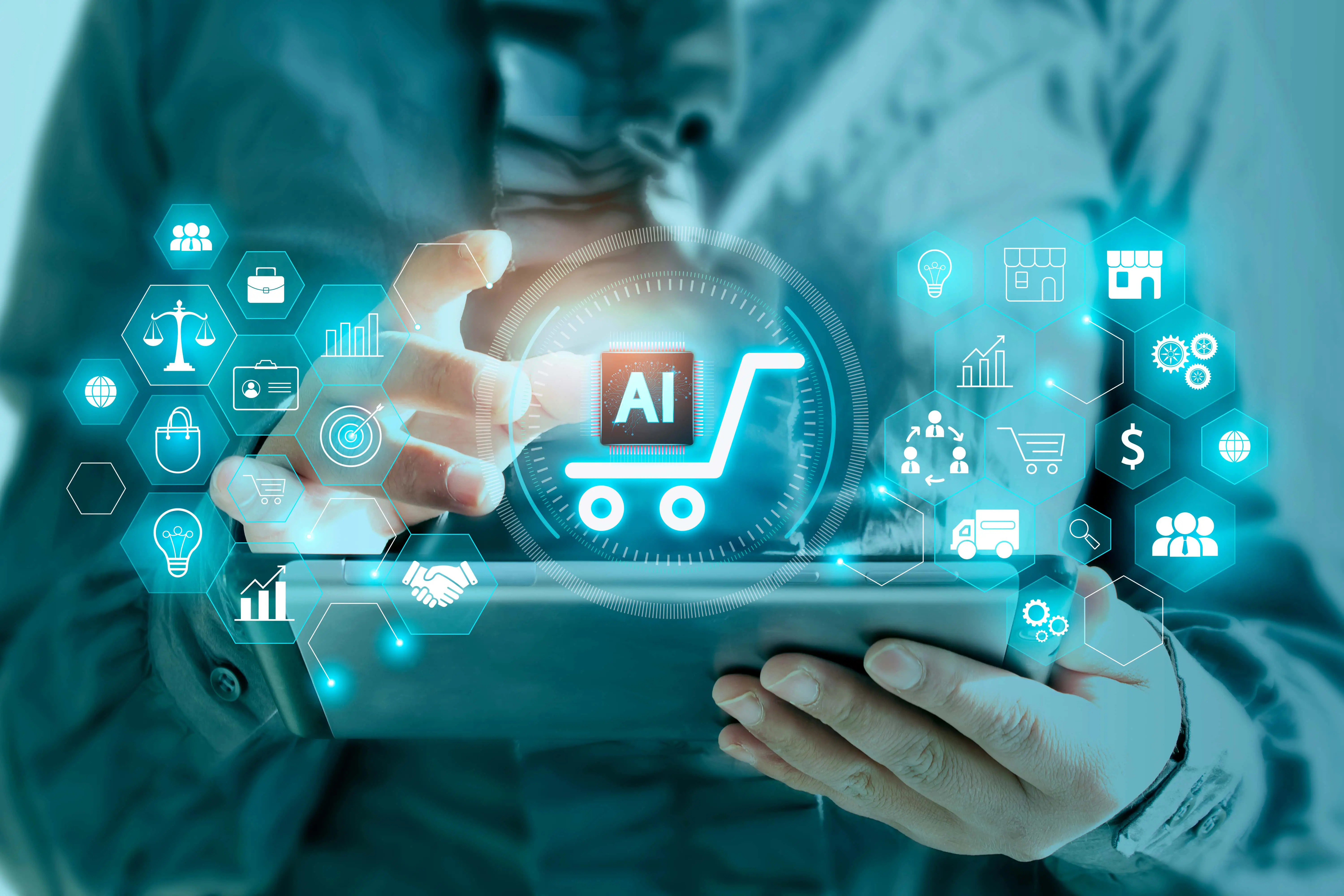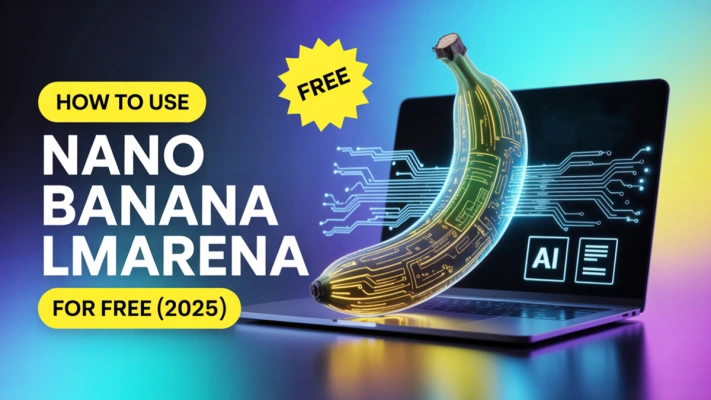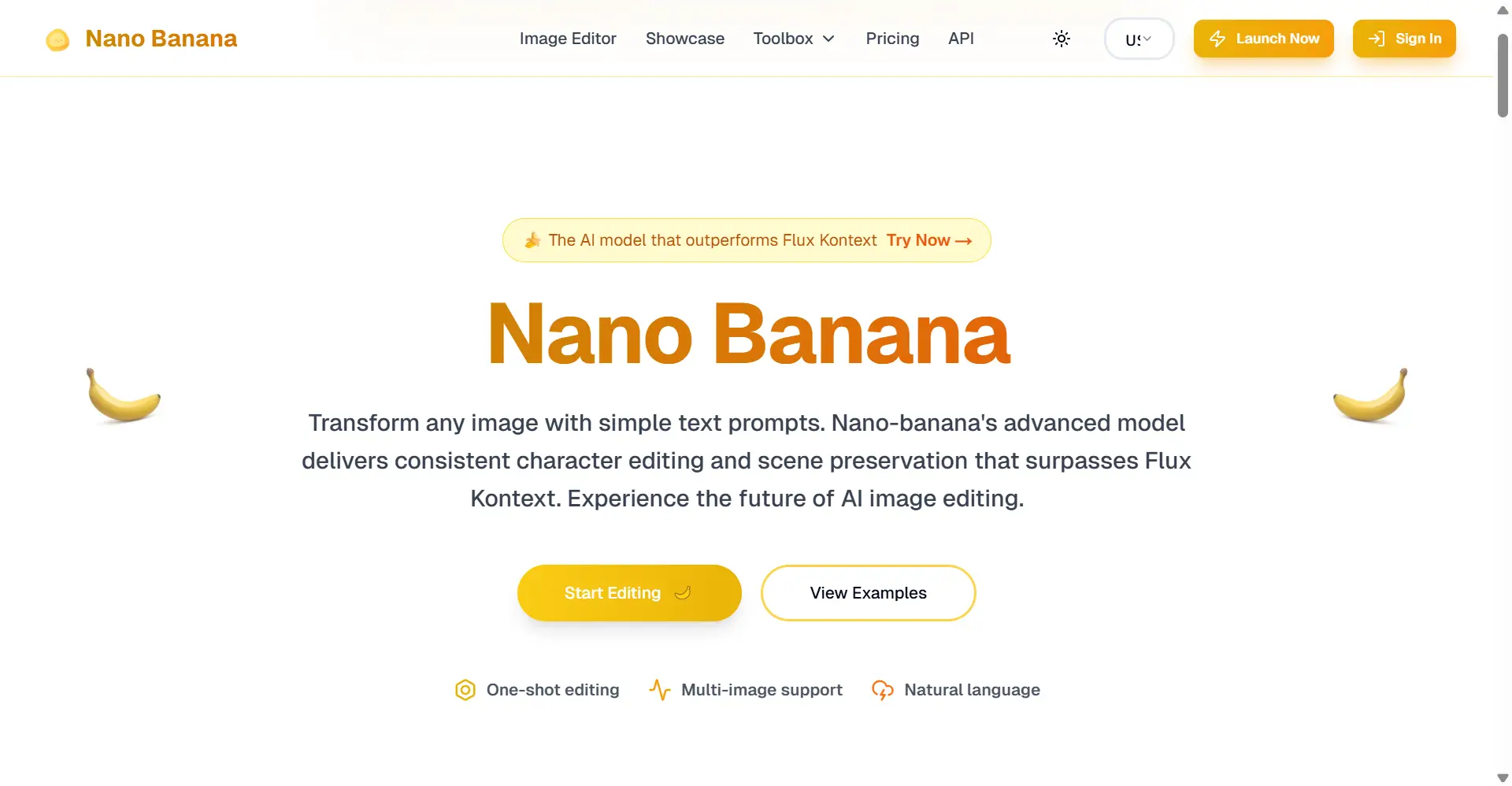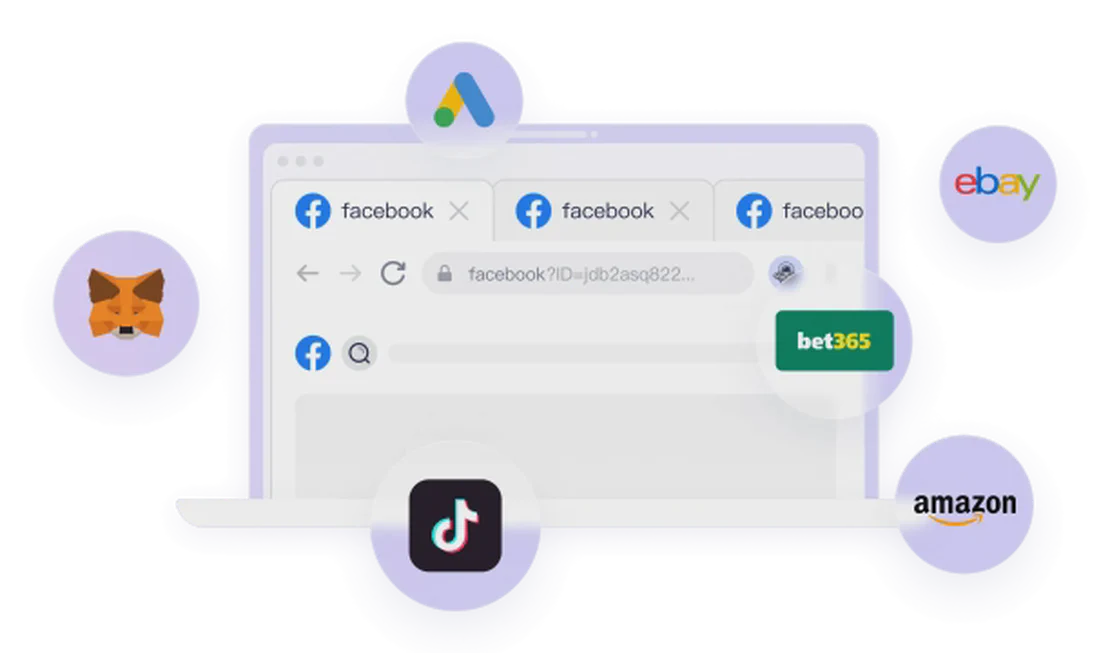In today’s visually-driven marketplace, a compelling commercial is no longer the exclusive privilege of big corporations. Have you ever wondered how that small coffee shop with just a few tables, or a newly-launched artisan brand, can compete visually with those wielding million-dollar budgets? The answer lies within the AI tools at your fingertips.
We are in the midst of a creative revolution. Visual productions that once required professional studios, expensive equipment, and post-production teams can now be accomplished, often at near-zero cost, by a single individual. This article will break down, step-by-step, how to start from a simple business idea and use AI to progressively build a cohesive, high-quality visual brand identity, culminating in stunning advertising assets. However, as your creative vision comes to life and your brand grows into multi-channel, multi-account operations, ensuring that your hard-earned results can thrive safely for the long haul becomes an equally critical piece of the puzzle.

It All Starts with a Story: Defining Your Brand
Every successful ad is built upon a clear brand story. A video’s creator, Jack, chose the local bakery from his hometown—specifically its iconic cheese straws—as a starting point. This is an excellent choice because it’s authentic and relatable. Instead of a nebulous tech concept, he focused on a tangible, emotionally resonant product.
- Product Focus & Brand Positioning: He narrowed the business model to sell only one thing: cheese straws. This “less is more” strategy (inspired by Supernova Burger) delivers a powerful core message: we only do this one thing, and we do it best. This minimalist position lets the product itself be the hero and sets the tone for all subsequent visual design (logo, colors) as “premium, niche, and high-quality.”
- Building a Brand Universe: A brand is more than just its products. He meticulously designed three types of cheese straws (classic, vegetarian, “butcher-style”), three dips, and even craft coffee. This doesn’t just expand the menu; it breathes life into the brand, making the space and narrative richer. A brand with a soul can tell a more touching story.
- Naming & The Visual Hammer: The brand name “Puff.” is short, unique, and cleverly relates to the product’s “puff pastry” nature. The period at the end adds a touch of trendiness and personality. This is a powerful “visual hammer” that makes it memorable.
Your Takeaway: Before creating any visual content, first clearly answer with one sentence: “Who is my brand? Who does it serve? What unique value does it provide?” This answer is the foundation for all your AI-generated creativity.
The Visual Cornerstone: Building Your Brand Assets with AI
With a brand story in place, the next step is to visualize it. This process is no longer about waiting for inspiration, but a strategic, asset-creation workflow powered by AI.
- Logo & Basic Visual Identity (VI): Using an easy-to-use, free tool like Canva, Jack quickly iterated on the brand’s logo and color palette. The soft pink and white color scheme, distinct from the traditional warm yellows or browns of food, immediately communicates a sense of “light luxury” and “unconventional taste.” This reminds us that the first impression is critical, and AI tools have dramatically lowered the barrier to design.
- Creating a Mood Board: Before generating core images with AI, he collected photos of real-world bakeries and cheese straws to create a mood board. This is a crucial step, as it ensures the AI-generated images align with the desired sense of realism and texture, rather than producing fantastical, impractical results.
- The Power of the “Anchor Image”: Jack repeatedly emphasizes that all the best AI videos stem from a single, high-quality “anchor image.” We first use a tool like Midjourney (or DALL-E 3) to generate a few key scenes:
- Brand Scene: The bakery’s facade.
- Product Close-up: The delicious cheese straws.
- Portrait: The owner or an energetic staff member.
- Brand Elements: The logo, packaging, etc.
These initial images may cost a little (Midjourney has paid plans), but they are the cornerstone of your entire visual world and are absolutely vital.

Scaling for Free: Building Your Commercial World with Nano Banana
When you have a few high-quality “anchor images,” the real magic is just beginning. A powerful free tool from Google—ImageFX (accessed through Nano Banana), it acts like a “world builder,” allowing your brand universe to extend infinitely.
Its core mechanic is to use an existing image as a “base” and add new characters, objects, and scenes through text descriptions. Jack demonstrates this process beautifully:
Scene Expansion: Starting with an image of the bakery’s exterior, he generates a wide-angle view of the interior. The prompt clearly specifies the style (stylish, white walls, wooden tables), elements (fresh cheese straws, potted plants, pastel menu), and even actions (motion-blurred, energetic customers). The result? A highly consistent internal space is created from scratch.
Detail Refinement: Not happy with the background of a previous coffee cup close-up? No problem. Feed that image back into Nano Banana with the instruction: “Make the tables clear and put the cheese straws on the counter behind a pane of glass.” The AI instantly understands and executes this complex spatial rearrangement.
Character Interaction: Combine a portrait of a person with a bakery scene to generate heartwarming shots of the owner interacting with customers or staff arranging shelves. While the AI can sometimes “make mistakes” on details (like posture or gender), the results are incredibly functional and perfect for an ad narrative.

Breathing Life Into It: Making Static Images Move
When you’ve collected enough static images (from the logo and character interactions to product close-ups), your brand’s “storyboard” is ready. The final step is to make these images “move,” giving them emotion and vitality.
We introduces two excellent free solutions:
- FlexClip: This is a powerful online video editor with integrated AI video generation (using models like Pika or Cling). It can turn a static image into a video clip with just a description of the desired camera movement (e.g., slow dolly push forward) and effects (e.g., melting cheese, rising steam). The results can be stunningly realistic.
- Luma AI (Discord): For creators seeking more professional and varied results, the Luma AI Discord bot is a fantastic choice. It works like a “lucky dip,” using top-tier video generation models at random to process your images, giving you pleasant surprises. Although you need to manually crop out its logo, this randomness often yields the most creative results.
Final Assembly: With these dynamic “clips” in hand, you can just like editing a documentary, assemble them in software like Premiere Pro, DaVinci Resolve, or CapCut. Add a soundtrack and sound effects (like ASMR), and you have a complete commercial.
From Creative to Operations: The Foundation for Scalable Business
Congratulations! Now you have a slick ad, stunning product shots, and a unified brand look. The next step is to deploy this content into the vast digital marketplaces—social media, affiliate marketing, e-commerce platforms. This is where the dream meets reality and the real challenges begin.
As you expand to promote “Puff.” across multiple accounts on Instagram, TikTok, Facebook, and even Amazon Associates, a critical issue arises: the “digital footprint.” If all your operations originate from the same computer and network, the risk-algorithms of these platforms will easily flag your seemingly independent “users” as a single entity.
Once deemed a “marketing matrix” or “spam,” the brand image and advertising investment you poured your heart into could vanish in an instant. The reality is that platforms are targeting behavioral patterns, not the quality of your creativity.
How do you break this cycle and allow your “small but mighty” brand to grow safely and aggressively? This requires combining your creative AI capabilities with a professional “anti-association” operational tool. FlashID Anti-Detect Browser is precisely that—a strategic tool for this purpose. It doesn’t directly create your ad content, but rather serves as the backend “infrastructure” that secures all your marketing activities and digital identities.
Imagine FlashID creating a completely separate “digital persona” for each of your brand’s accounts. When you manage your Instagram account, your “persona” runs in a “virtual environment” with a specific IP and browser fingerprint. When you switch to TikTok, it automatically shifts to a completely unrelated one. This total isolation ensures that platforms see not associated marketing accounts, but a group of authentic users from different locations and devices. More importantly, FlashID’s built-in RPA automation and window synchronization allow you to control all these “personas” from a single interface, automatically handling posts, likes, and comments, which dramatically frees up human effort. For operations that require heavy mobile use (TikTok apps, social media), FlashID’s Cloud Phone feature offers the ultimate solution.
In short, we learn AI to unleash infinite creative possibilities, and we use FlashID to ensure these possibilities can be realized safely and at scale. It lays the safest and most efficient “rails” for your creative empire, allowing you to drive it toward the horizon without distractions.
Empowered by AI, Guided by Strategy
Building a brand from scratch and producing high-quality ads is no longer a distant dream in the age of AI. The core workflow can be summarized as:
- Brand Definition: Be clear on who you are and your story.
- Asset Creation: Use a paid AI (like Midjourney) to create high-quality “anchor images.”
- World Building: Use a free AI (like Nano Banana) to expand your brand scenes and narratives infinitely from those anchor images.
- Bringing to Motion: Use AI video generators to make your still images move.
- Professional Integration: Use editing software to piece the final assets together.
The heart of this process is not just stacking tools, but having a clear strategy and a story-driven mindset. AI is your super-brush, but you need to provide the “soul” for the artwork. On this foundation, thinking about how to operate and protect it with the right tools is what separates a fleeting idea from a lasting business.
Frequently Asked Questions (FAQ)
Q: Is this AI ad-making method suitable for all industries?
A: Yes, very much so. Whether it’s e-commerce, F&B, services, or education, the key is whether you can articulate your brand story visually.
Q: I have zero design experience. Can I really create a good-looking logo?
A: Absolutely. Tools like Canva offer tons of templates. You just need to change the text and colors to create a professional-grade logo, no “design sense” required.
Q: Besides Midjourney and Nano Banana, what other AI image generators do you recommend?
A: You can try the free Microsoft Designer (with DALL-E 3), or the free trial of Midjourney. Sora is powerful but not yet publicly available.
Q: Can I use AI-generated images for commercial purposes?
A: Most AI platforms allow commercial use as long as you comply with their terms of service. However, it’s wise to check the latest copyright policies of each platform before final use.
Q: Besides what’s in the article, how else can I use AI for marketing?
A: You can also use it for generating marketing copy, writing blog posts, creating infographics, building customer chatbots, or even running virtual A/B tests before a product launch.
Q: How do I choose the right music for my AI video?
A: You can find royalty-free or commercially licensed music on platforms like the YouTube Audio Library, Epidemic Sound, or Artlist to ensure you’re on the right side of the law.
Q: What’s the biggest challenge when creating ads with AI?
A: The biggest challenge isn’t technical, but your ability to brainstorm creatively and write precise prompts. The clearer your idea and description, the better the AI’s output will be.
Q: How can I get AI to create more “realistic” and less “plasticky” images?
A: Add keywords like
photorealistic,ultradetailed,analog photography, andfilm grainto your prompts to significantly boost the sense of realism.Q: I’m in cross-border e-commerce. How can making ads with AI help my business?
A: AI helps you create high-quality, localized ad creatives, product photos, and videos at low cost, greatly increasing the flexibility and conversion rate of your marketing campaigns, allowing you to compete with local sellers.
Q: I’ve created multiple social media accounts using AI. How do I prevent them from being banned for association?
A: This is the core value of FlashID. It creates a separate browser and cloud phone environment for each of your accounts, completely isolating IPs and fingerprints. It’s an essential tool for safely managing multiple accounts.
You May Also Like
